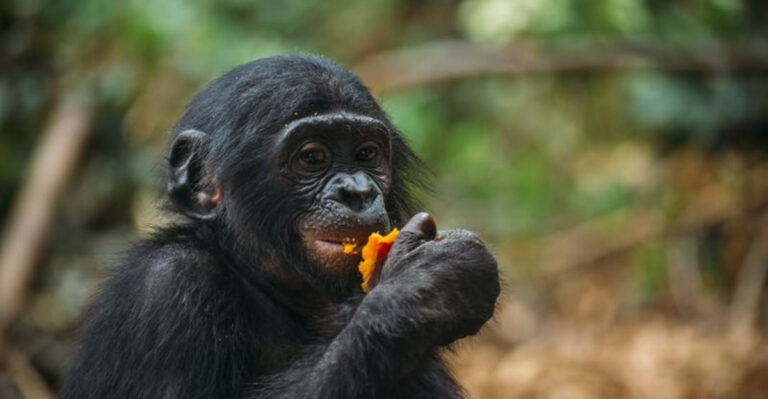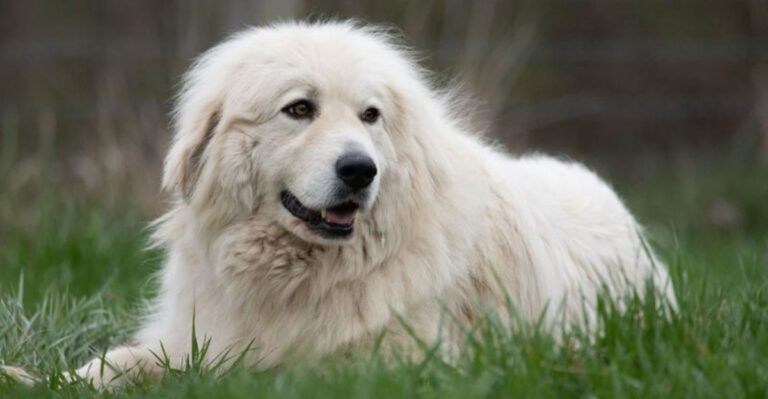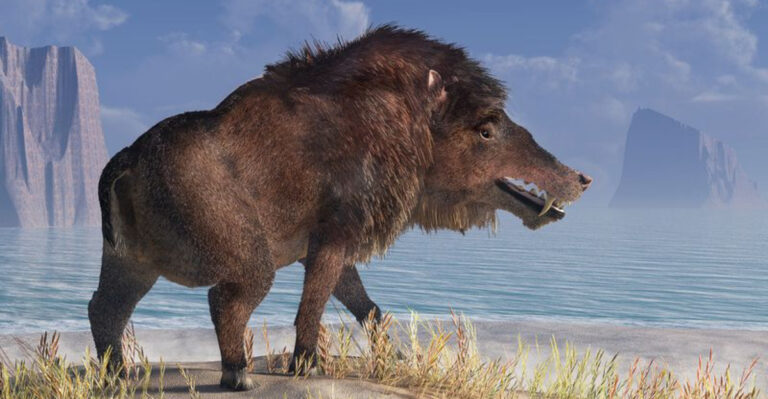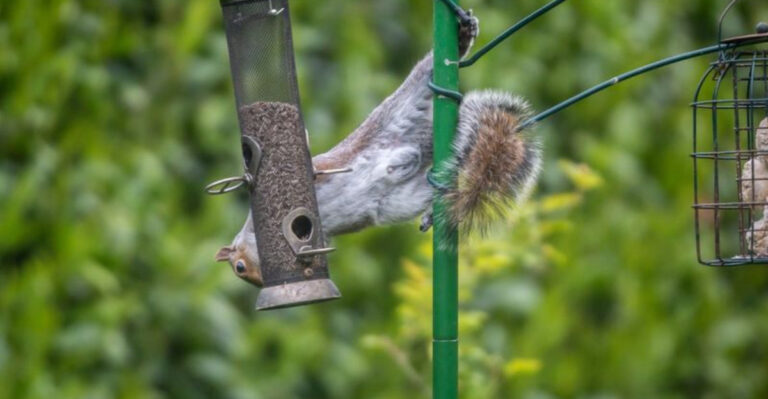15 Independent Animals That Travel And Live Alone
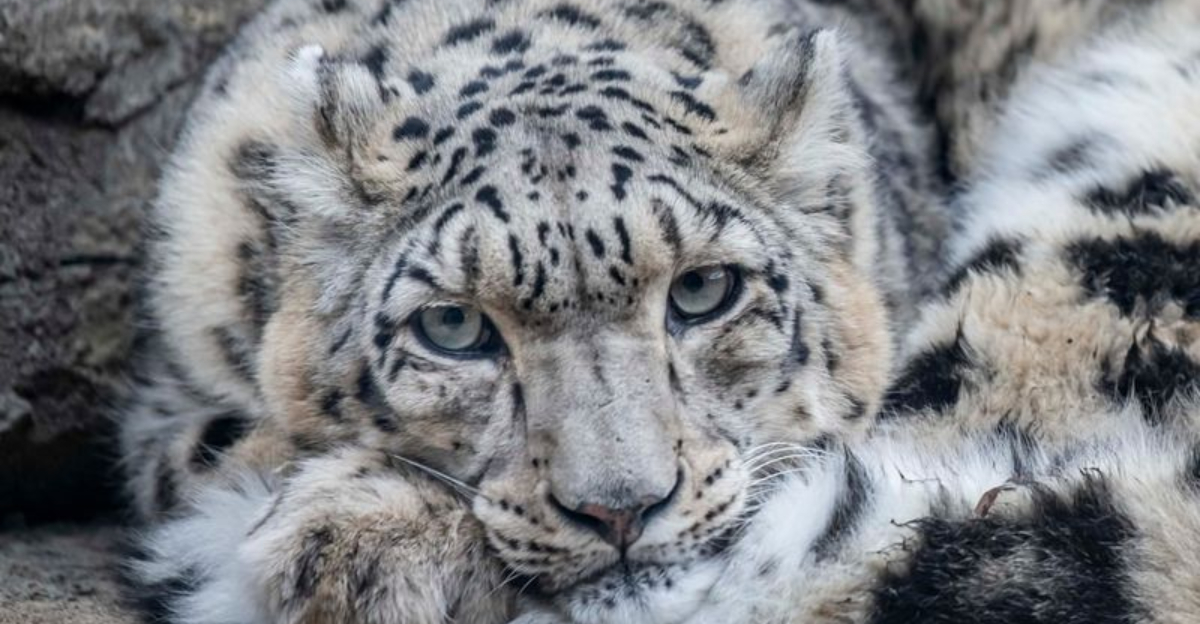
Explore the fascinating world of independent animals that thrive in the wild, traveling and living solitary lives with unmatched skills and unique adaptations. These creatures, ranging from the vast oceans to the dense forests, exemplify self-reliance and individuality, each mastering the art of survival on their own.
From the giant predators to the lesser-known wanderers, discover how these remarkable animals embody the spirit of independence in their own unique ways.
1. Komodo Dragon
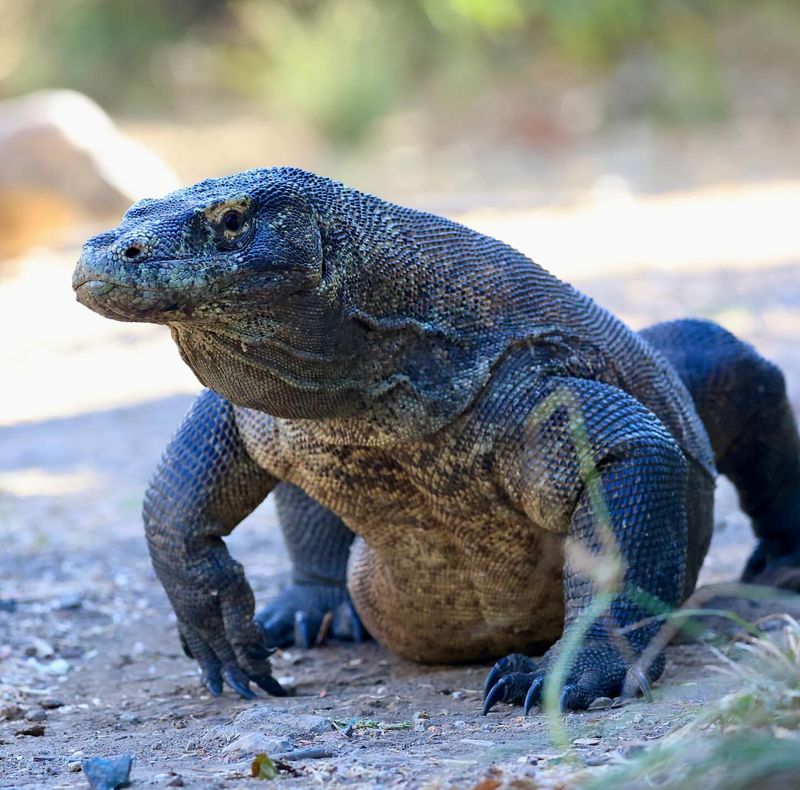
The Komodo dragon, the world’s largest living lizard, rules the Indonesian islands with unmatched supremacy. These solitary giants can reach lengths of up to 10 feet and weigh over 150 pounds. Preferring to wander alone, they claim territories and hunt with stealth, relying on their acute sense of smell.
Their diet is as formidable as they are, including deer, pigs, and even water buffalo. With a venomous bite and an array of bacteria in their saliva, they ensure that their prey succumbs quickly. While not fast runners, their patience and stealth make them formidable hunters, often stalking prey for days before striking.
Known for their intelligence, Komodo dragons use cunning tactics and even play dead to ambush their next meal. Their solitary lifestyle allows them to be the undisputed apex predators in their environment, showcasing nature’s raw, untamed power.
2. Leopard Seal
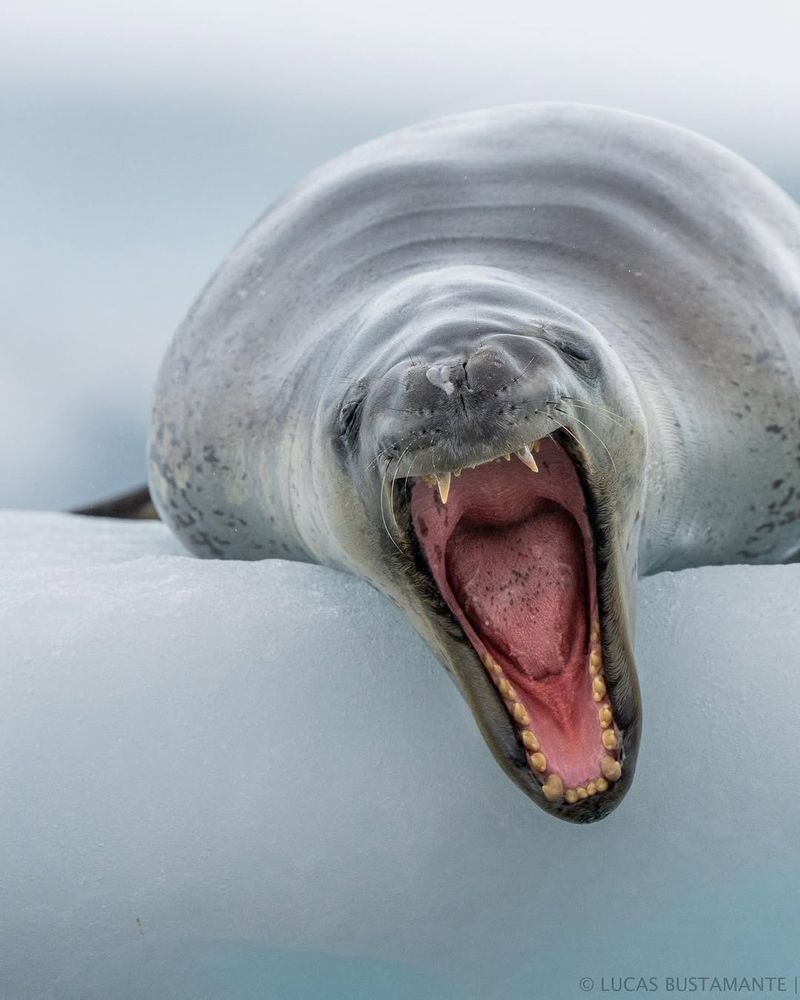
Leopard seals, the solitary ice kings of Antarctica, glide through freezing waters with an elegant menace. Known for their distinctive spotted coats, these seals are top predators in their realm, feeding on a diet that includes fish, krill, and even other seals.
Unlike their social cousins, leopard seals prefer solitary hunting, employing stealth and surprise to capture their prey. Their powerful jaws and sharp teeth make them adept at tearing through thick icy crusts and flesh alike. Capable of holding their breath for extended periods, they dive deep in pursuit of food, with a grace that belies their size.
These seals mark their territory with vocalizations, a haunting melody carried by the wind across the ice. Their solitude is not just a lifestyle choice but a survival strategy, enabling them to command vast expanses of the Antarctic waters, embodying independence in its most raw form.
3. Snow Leopard
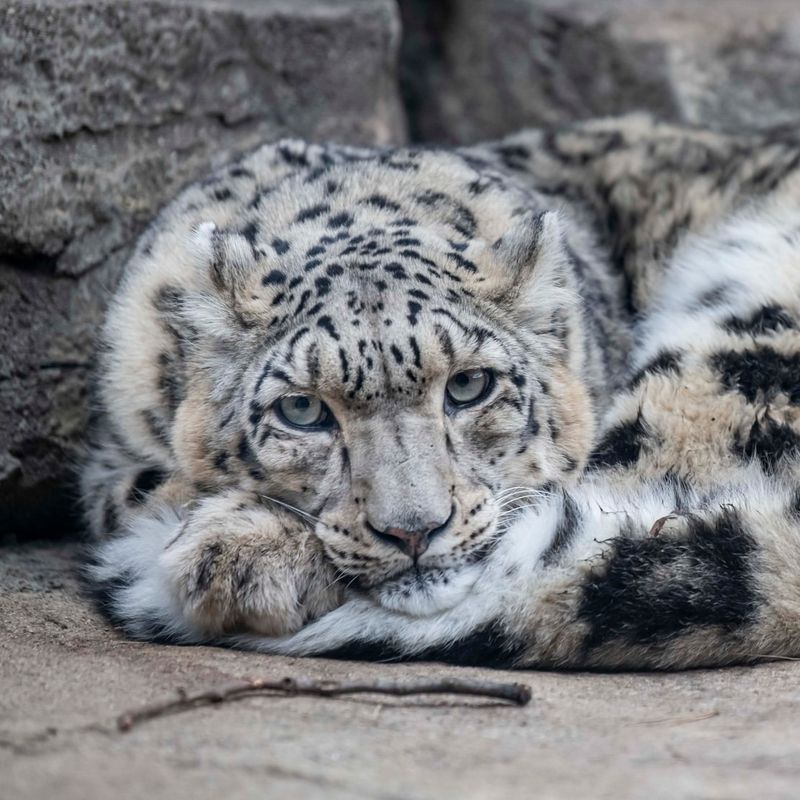
The snow leopard, often regarded as the ghost of the mountains, roams the remote, high-altitude regions of Central Asia. Its solitary nature stems from the harsh environment it calls home, where resources are scarce and competition is fierce. This feline is a master of camouflage, blending seamlessly into the rocky, snow-covered terrain.
Unlike many big cats, snow leopards are not known for roaring; they communicate with soft mews and growls. Their thick, long fur and large nasal cavities adapt them to the cold, as they silently prowl at dusk and dawn in search of prey. With their long tails providing balance, they deftly leap across vast chasms, a testament to their agility and strength.
A snow leopard’s diet primarily consists of mountain sheep and goats, and their hunting prowess ensures survival in the wild. Their solitary lives are a testament to resilience, thriving alone in some of the planet’s most extreme habitats.
4. Polar Bear
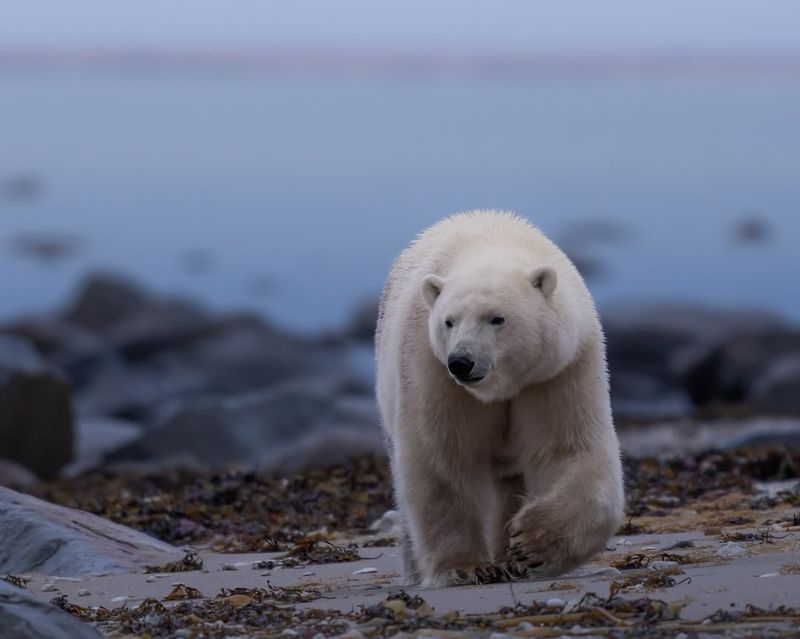
The polar bear, the majestic wanderer of the Arctic, is the largest bear species on Earth. These solitary giants roam the ice-covered seas, hunting seals with patience and precision. A polar bear’s life is a solitary one, driven by the need to cover vast distances in search of food.
Their thick, insulating fur and layer of blubber equip them to withstand the extreme cold. With a keen sense of smell, they can detect seals nearly a mile away, and their powerful limbs make them strong swimmers, traversing icy waters with ease.
Polar bears are iconic symbols of the Arctic wilderness, exemplifying the spirit of independence. While they occasionally congregate, particularly around food sources, they prefer solitary lives, where they reign as the apex predators of their frozen kingdom, showcasing nature’s adaptability and resilience.
5. Great White Shark
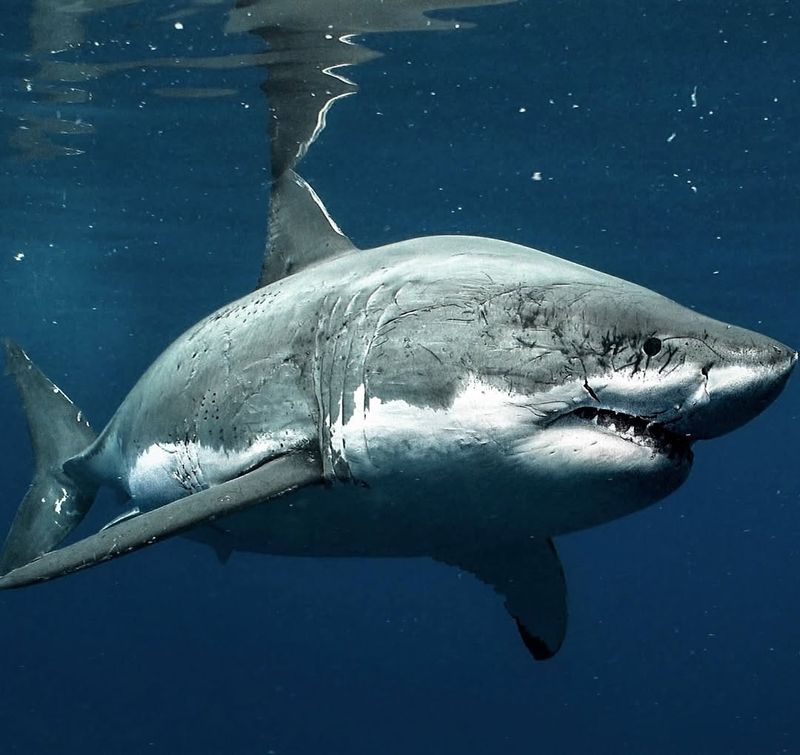
The great white shark, the ocean’s ultimate solo wanderer, glides through the open waters with an unparalleled grace and menace. These apex predators are known for their solitary lifestyles, covering thousands of miles across the globe’s oceans, from deep seas to coastal regions.
With senses finely tuned to detect the faintest traces of blood, they are perfectly adapted to their role as top predators. Their torpedo-shaped bodies allow them to move swiftly through water, reaching incredible speeds in pursuit of prey. Yet, it is their solitary hunting technique that sets them apart.
Great white sharks rely on surprise and a powerful strike to capture their prey, often breaching dramatically from the water. Their solitary nature allows them to command the oceans with confidence and precision, embodying the raw power and independence of the marine world.
6. Eurasian Lynx
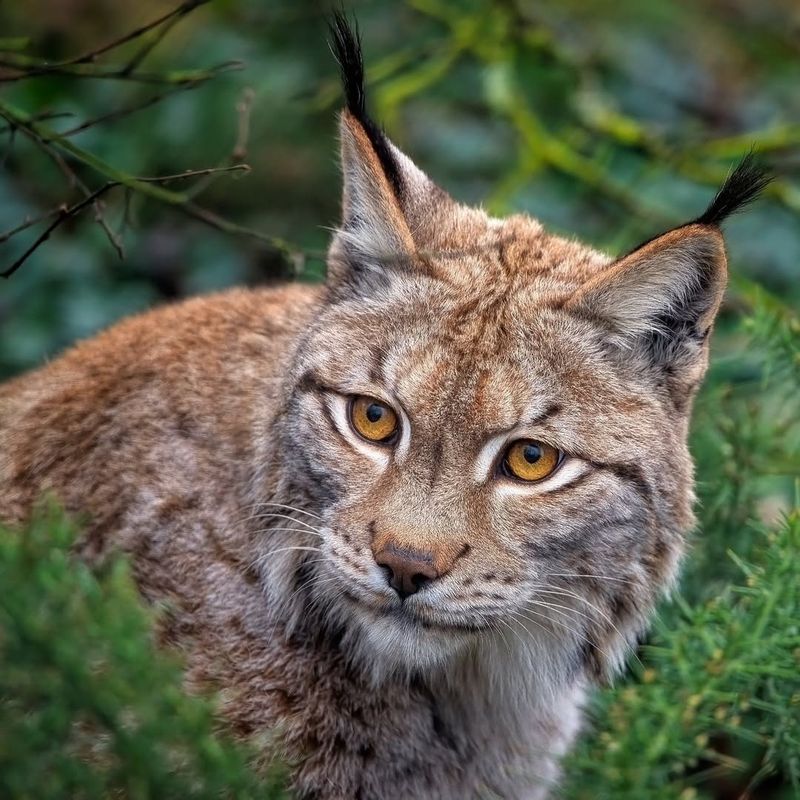
The Eurasian lynx, a solitary specter of the forest, prowls quietly through the dense woodlands of Europe and Asia. These elusive felines are known for their keen hunting skills, preferring to live and hunt alone, which highlights the very essence of independence.
With their tufted ears and sharp eyesight, Eurasian lynxes are expert hunters of small to medium-sized mammals such as deer and hares. They employ stealth and patience, often stalking their prey for hours before the final leap. Their distinctive spotted coats provide perfect camouflage against the forest backdrop.
Solitude is a way of life for the lynx. This independence ensures they maintain robust territories, free from competition, allowing them to thrive in their chosen habitats. The Eurasian lynx’s solitary existence is a testament to their adaptability and mastery of the natural world.
7. Orangutan
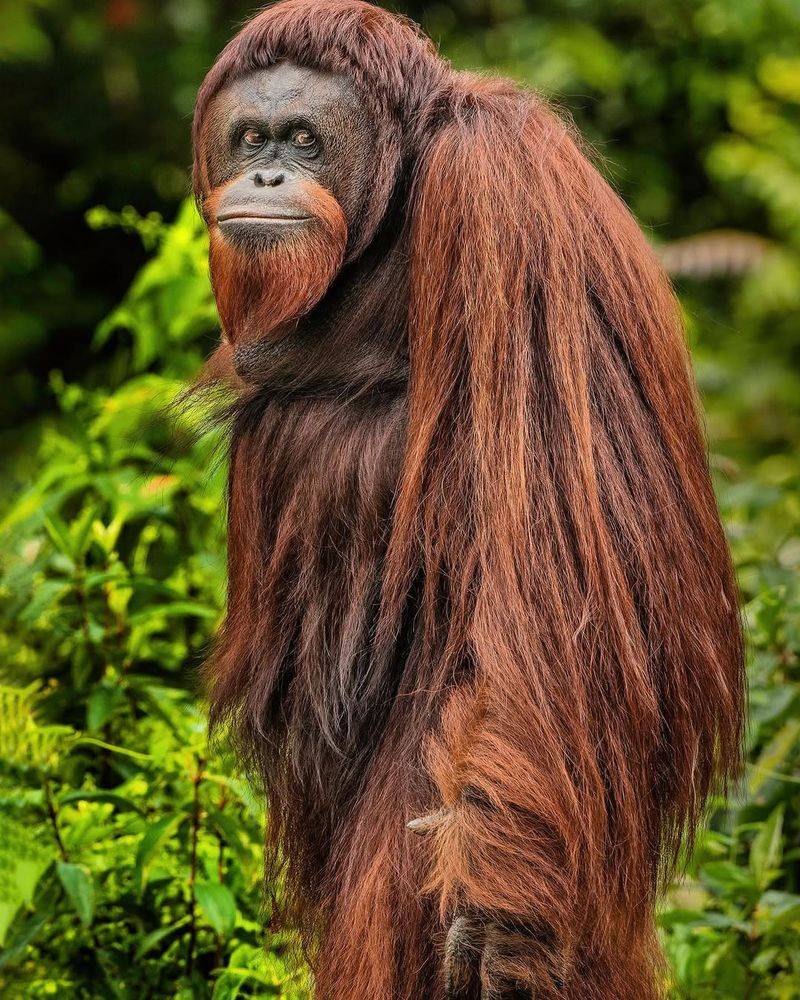
The orangutan, the wise old man of the forest, leads a solitary life amidst the rainforests of Borneo and Sumatra. These majestic apes are known for their intelligence, gentle demeanor, and remarkable ability to navigate the forest canopy.
Orangutans spend the majority of their lives alone, except for mothers with their young. Their solitary existence is a reflection of their independent and resourceful nature. With arms that can span up to 7 feet, they move with ease through the trees, foraging for fruits, leaves, and insects.
Their solitary lifestyle allows them to maintain a vast range, reducing competition for food. This independence, combined with their thoughtful gaze and complex social behaviors, makes them one of the most fascinating creatures of the animal kingdom, embodying a unique spirit of autonomy.
8. Tasmanian Devil
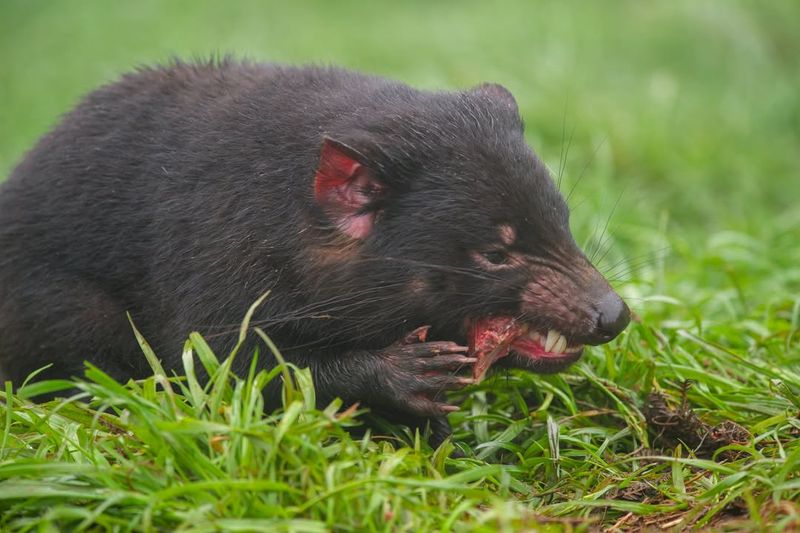
The Tasmanian devil, a fierce and solitary marsupial, roams the wild landscapes of Tasmania with a reputation that precedes it. Known for their voracious appetites and loud, spine-chilling screams, these creatures prefer a life of solitude, wandering the bush in search of food.
Armed with powerful jaws and teeth, Tasmanian devils are adept scavengers, feeding on carrion, small mammals, and birds. Their solitary nature allows them to travel long distances each night, covering extensive territories without the need for social interaction.
Despite their fearsome reputation, they play a crucial role in the ecosystem as nature’s cleanup crew. Their solitary existence is not only a survival strategy but also a key aspect of their enigmatic charm, proving that sometimes, the best company is one’s own.
9. Wolverine
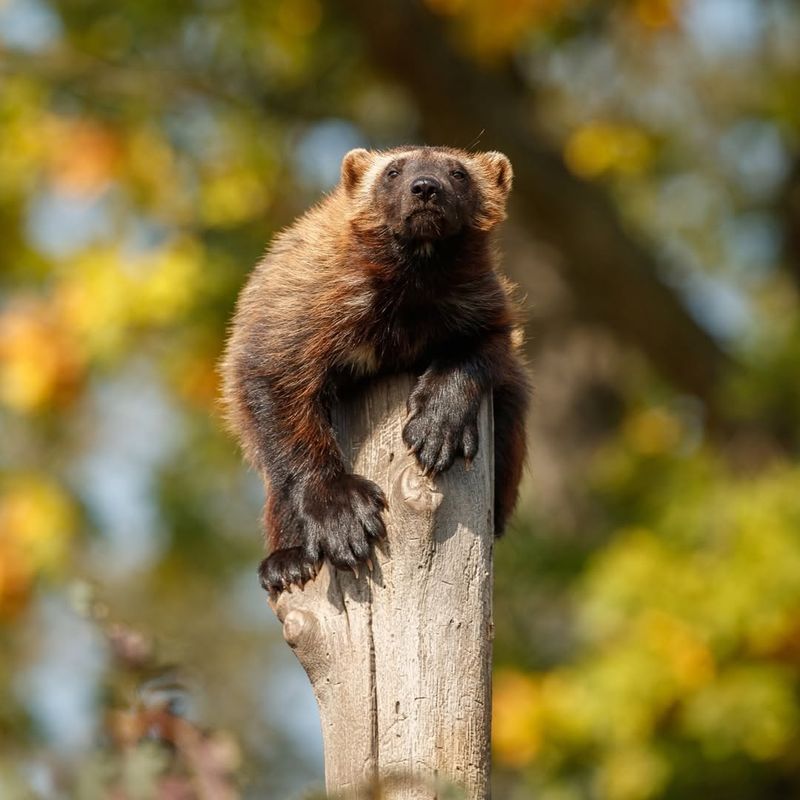
The wolverine, often nicknamed the “glutton,” is a solitary force of nature, prowling the boreal forests and tundras of the Northern Hemisphere. Known for their incredible strength and ferocity, these elusive creatures live alone, covering vast distances in search of food.
Wolverines have a reputation for taking on prey much larger than themselves, including caribou and even small bears. Their powerful jaws and sharp claws make them formidable in their snowy habitats, where they traverse the land with surprising speed and agility.
Their solitary lifestyle is a testament to their resilience and adaptability, allowing them to thrive in some of the harshest environments on Earth. The wolverine’s independence is a hallmark of its character, capturing the essence of wild tenacity and self-reliance.
10. Jaguar
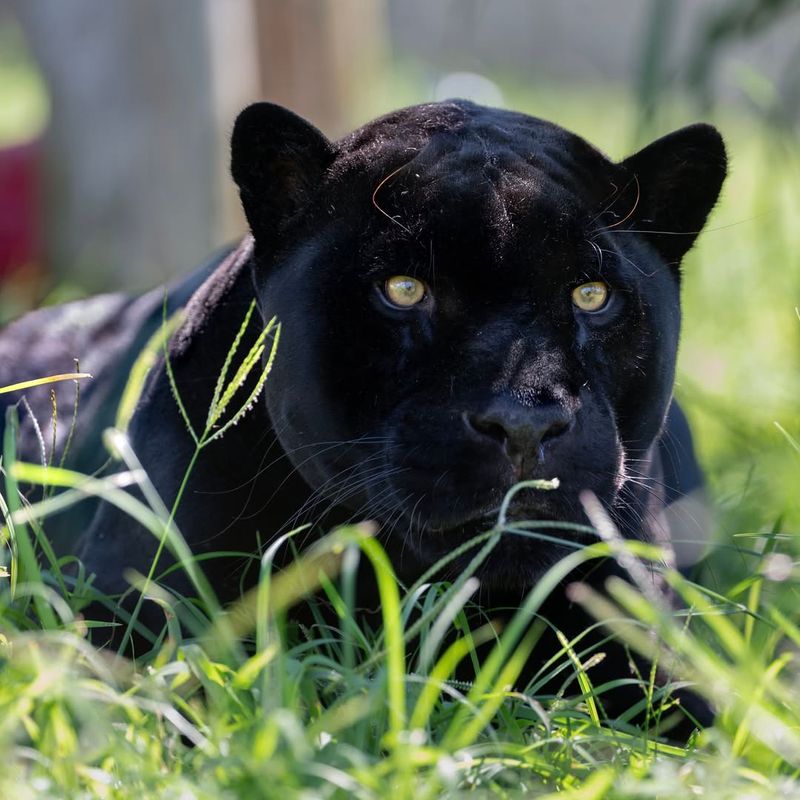
The jaguar, a solitary prowler of the jungles, reigns supreme in the dense rainforests of Central and South America. Renowned for their power and elegance, these big cats lead solitary lives, marking vast territories that they patrol with unyielding determination.
Jaguars are known for their unique hunting techniques, often taking prey as diverse as deer, monkeys, and even caimans. Their strength is unmatched, with a bite capable of piercing the skulls of their prey. This prowess in hunting ensures they remain solitary, reducing competition and securing ample food resources.
The jaguar’s solitary nature is not just a lifestyle but a strategic choice, allowing them to master their environment with precision. They are emblematic of independence, embodying the perfect blend of strength and solitude in the wild.
11. Snowy Owl
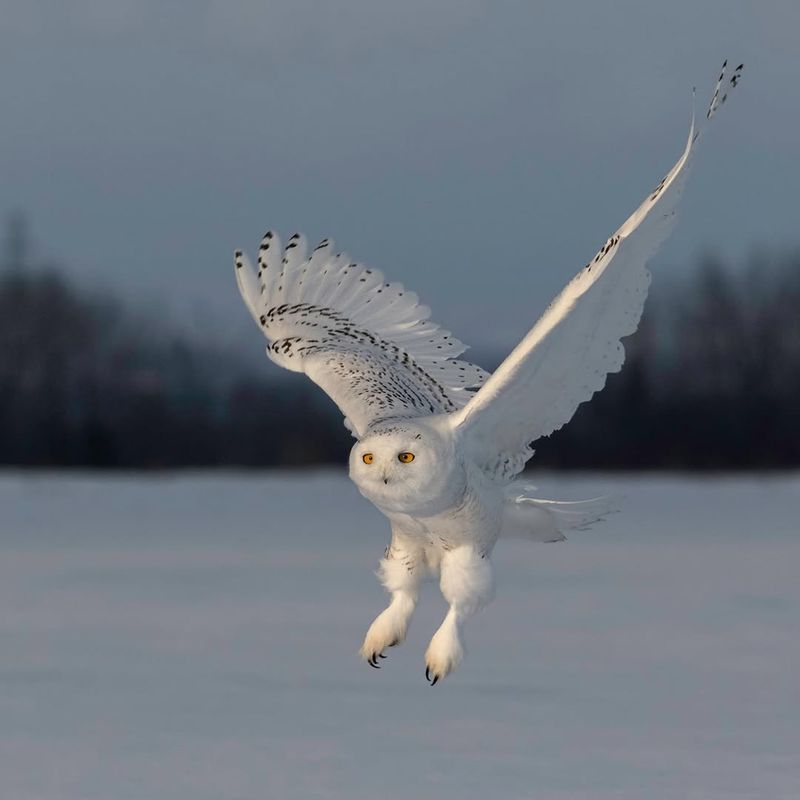
The snowy owl, with its ghostly appearance, is a solitary sentinel of the Arctic tundra. Known for their pristine white plumage and penetrating yellow eyes, these owls are perfectly adapted to life in the cold, open expanses.
Unlike many birds, snowy owls are predominantly solitary, even during the breeding season when they prefer minimal interaction with others. They rely on their acute vision and hearing to hunt, primarily feeding on rodents and other small mammals beneath the snow.
Their natural camouflage aids in their stealth, allowing them to silently survey their icy realms. The snowy owl’s solitary lifestyle is a reflection of its independence and adaptability, as it thrives in one of the planet’s most unforgiving climates, a true testament to nature’s resilience.
12. Cheetah
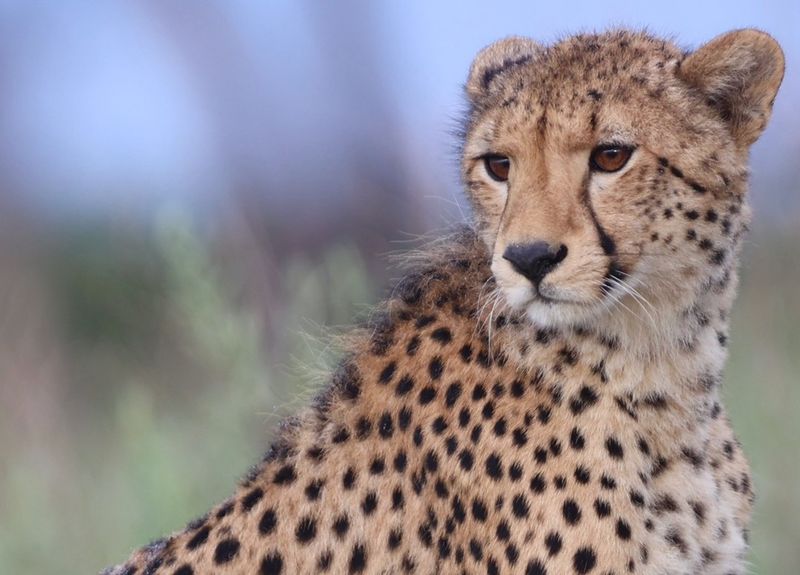
The cheetah, the swiftest of all land animals, epitomizes solitary grace on the African plains. Known for their unparalleled speed, these cats can reach up to 60 mph, making them exceptional hunters, often relying on short bursts of acceleration to catch prey.
Unlike other big cats, cheetahs are mostly solitary creatures, with males occasionally forming small groups called coalitions. Females, however, are staunchly independent, raising their cubs alone and establishing territories where they reign supreme.
This solitude allows cheetahs to focus on their survival, honing their hunting skills and maintaining flexibility in their choice of prey. The cheetah’s lone journey across the vast savannah is a dance of speed and silence, a living testament to independence and survival.
13. Bald Eagle
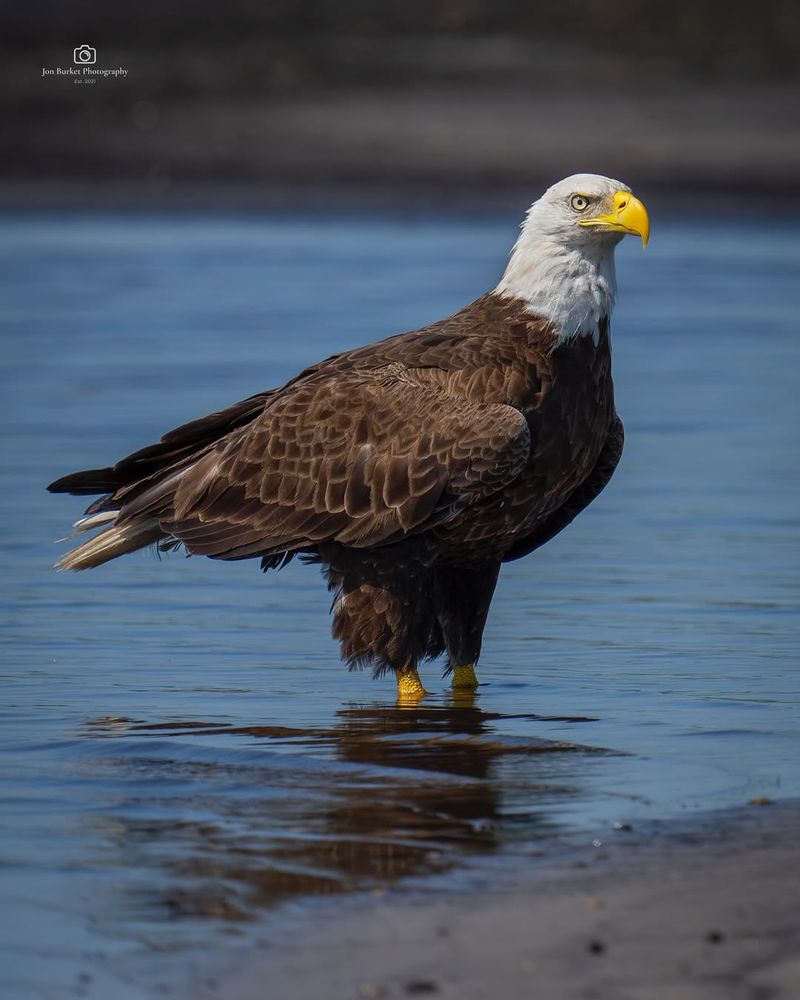
The bald eagle, an emblem of freedom, soars alone over North America’s wild landscapes. Known for their powerful build and keen eyesight, these birds of prey embody the essence of independence, often flying alone in search of food.
Solitary by nature, bald eagles are expert hunters, relying on their sharp talons and beaks to capture fish and small mammals. Their nests, built high in trees or on cliffs, are solitary retreats where they raise their young before they too embark on independent lives.
The bald eagle’s solitary flights are a majestic spectacle, symbolizing strength and self-reliance. Their ability to thrive alone in diverse environments showcases the adaptability and resilience of these magnificent birds, making them a true icon of solitude and freedom.
14. Giant Panda
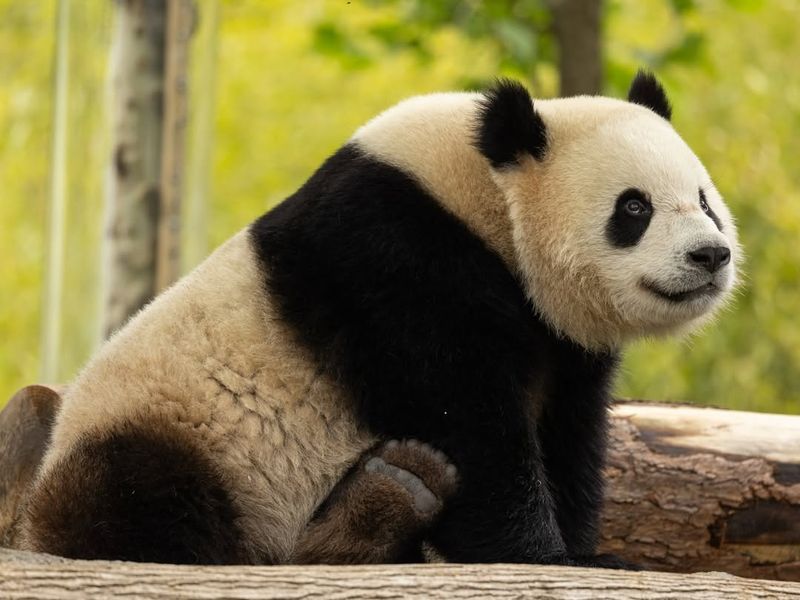
The giant panda, a rare and elusive icon of the animal world, leads a largely solitary life amidst the dense bamboo forests of China. Despite their cuddly appearance, these bears are driven by a solitary existence, primarily due to their specialized diet of bamboo.
Solitude allows pandas to focus on finding and consuming the vast quantities of bamboo needed to sustain their energy levels. They spend much of their time foraging and resting, with interactions with other pandas limited to the brief mating season.
Pandas are emblematic of gentle independence, embodying a serene yet resolute way of life. Their solitary habits and distinctive black-and-white markings make them one of the most recognizable symbols of wildlife conservation, capturing the delicate balance between solitude and survival.
15. Solitary Sandpiper
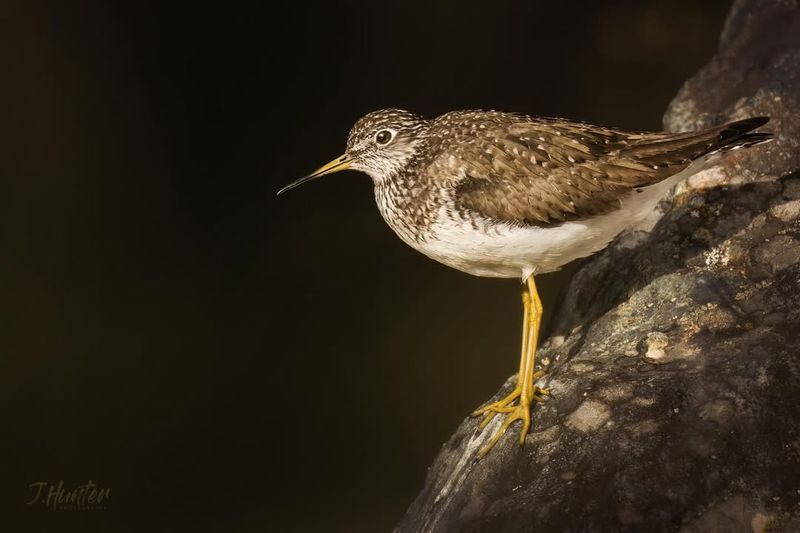
The solitary sandpiper, true to its name, is a lone wanderer of the wetlands, often seen probing the mudflats and shallow waters with its slender bill. Unlike many shorebirds that travel in flocks, this sandpiper prefers a solitary path, migrating thousands of miles between North and South America.
Its independent nature is evident in its foraging style, as it deftly hunts for insects and small aquatic creatures with meticulous precision. The solitary sandpiper’s lifestyle minimizes competition for food, allowing it to exploit a range of habitats along its migratory route.
These birds are adaptable and resourceful, thriving in diverse environments from forests to marshes. The solitary sandpiper’s solitary journey is a testament to its resilience and adaptability, embodying the quiet strength of those who journey alone.

